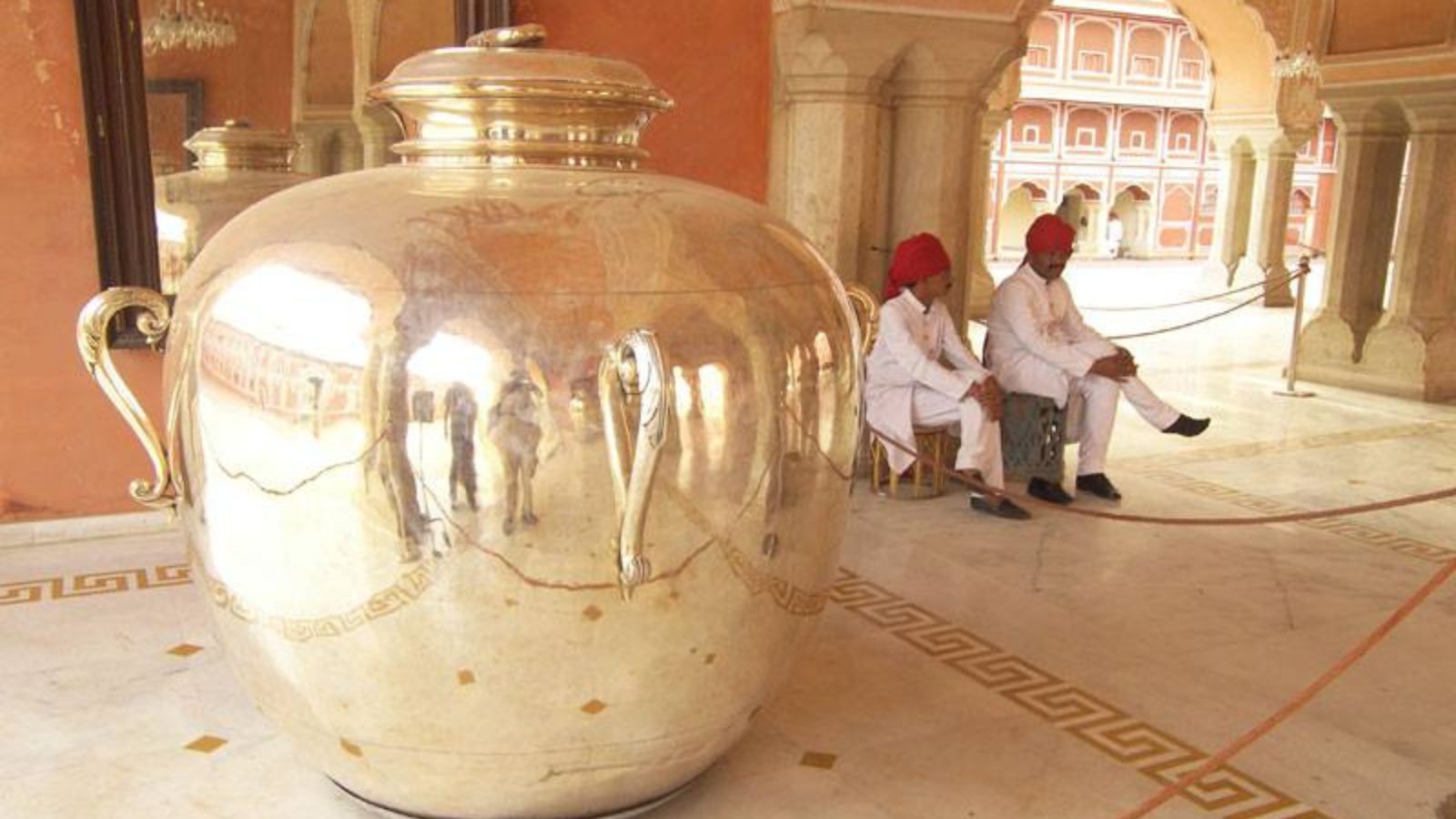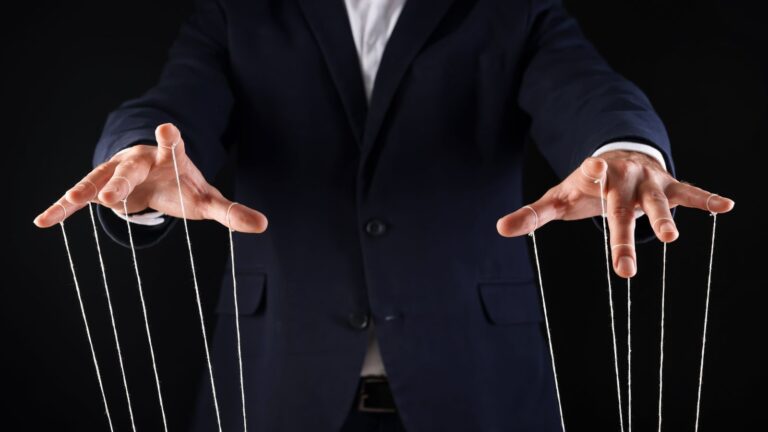In 1914, as the First World War raged, the British Empire needed more than rifles and rations: it needed soldiers. Over a million Indian soldiers were called to serve in Europe, Africa, and the Middle East. But a deep cultural barrier threatened the plan.
For many orthodox communities, crossing the seas (the dreaded kala pani) meant losing caste and religious purity. The fear was not new; decades earlier, during the indentured labor (i.e., people sent to work in another country for a fixed number of years, usually for low pay and tough living conditions) migrations to South Africa, Mauritius, and the Caribbean, the same taboo had threatened to halt British plans.
To address this, the British adopted a culturally sensitive solution. They stocked ships with large containers of Ganga jal, holy water from the sacred Ganges, allowing soldiers to ritually cleanse themselves upon arrival. Historical records show that even ancient Indian kings like Rajendra Chola I carried Ganga jal on foreign expeditions.
A notable example comes from 1902, when Maharaja Madho Singh II of Jaipur, a devout Hindu, travelled to London for Edward VII’s coronation. He considered European water unfit for drinking or religious use and carried Gangajalis—two massive sterling silver urns, each holding 4,000 liters of Ganges water. Weighing 345 kg each and standing 1.6 meters tall, they are recognized by the Guinness Book of World Records as the largest single objects made of silver.
This fusion of faith and practicality helped the British effectively mobilize Indian manpower overseas during a global crisis while respecting their religious beliefs.
Image credits: https://www.facebook.com/jaipurroyalfamily



